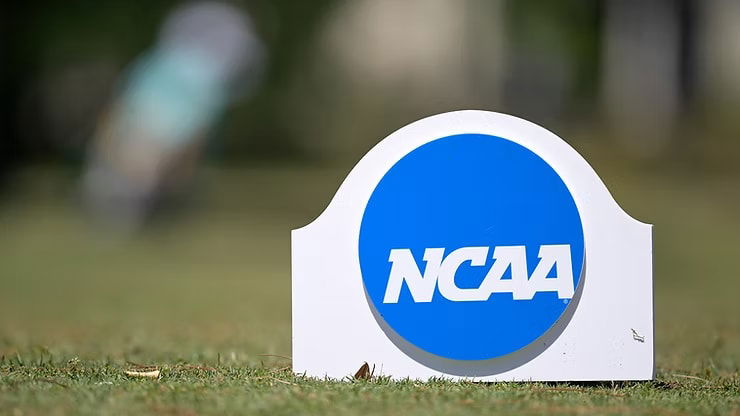
Imago
NCAA banner Credit Phelan M. Ebenhack/AP Photo

Imago
NCAA banner Credit Phelan M. Ebenhack/AP Photo
By clinching a 2nd place on the World Championships points table, Kenya has proved its mettle. With seven gold, two silver, and two bronze medals, they are placed just behind Team USA. And with this rising tide of talent, US universities have started taking notice. Across the airwaves of Kenyan pop hits, you can almost hear the whispers: “The University of Alabama, the University of Arizona, the University of New Mexico…” ready to offer full scholarships to any athlete willing to compete under their banner.
Watch What’s Trending Now!
News of the Kenyan Time Trial rippled through the long-distance running hub, drawing athletes nationwide, despite tighter U.S. student visa and scholarship scrutiny. Last season, Kenyan women claimed the top three spots in cross-country, while Texas Tech welcomed 28-year-old Solomon Kipchoge, whose half-marathon pace already challenges American records.
Many are even pondering on how can top athletes from another country just come and compete here in the States. Recruiters, however, are seizing the moment, taking advantage of recent U.S. policy changes under the Trump administration that tightened student visas and scholarships. As per the new changes, college running was one path to the United States that had expanded. For many Kenyans, this is a rare pathway out of poverty, while for the U.S., it’s a chance to boost an already deep talent pool. For the same, applicants must meet the college enrollment criteria, including specific school academic standards, to qualify for these opportunities.
ADVERTISEMENT
Finally got around to reading this eye-opening piece from the Washington Post on how some U.S. universities are funding time trials in Kenya to recruit distance talent. These “Golden Ticket” races to an NCAA scholarship are totally reshaping college running.
Then, I caught up… https://t.co/lIDYsmRvHQ pic.twitter.com/64ZkJsbPAp
— Chris Chavez (@ChrisChavez) October 1, 2025
“If I’m going to compete against those really top teams in my conference, I’ve got to go find other countries and other places to find athletes,” said Jon Murray, head coach at Texas Tech, which helps fund the time trials. Well, the grass isn’t always greener on the other side. While this is a smart initiative by U.S. universities to tap into growing talent, it also comes with challenges for Kenyan athletes.
As per one of the insiders of the sport, the core issue isn’t the Kenyan recruits, it’s that the NCAA’s incentives clash with the long-term development opportunities that past generations of distance runners enjoyed. The young athletes who are being recruited with the programme will have to deliver immediate ROI to survive. Everything has its pros and cons, and this is one of the biggest drawbacks of this program. Well, while many support this, others oppose it.
ADVERTISEMENT
Offshore recruiting called out as “athlete trafficking”
Till now, the NCAA has remained silent on the controversial recruitment of Kenyan athletes, some of whom are considerably older than typical American freshmen and occasionally fall short academically compared to their peers. Universities that are recruiting these offshore talent insist they are adhering to NCAA rules and claim most of these athletes manage to handle university coursework successfully. Yet, critics within the coaching community question whether these recruits truly fit the student-athlete mold.
ADVERTISEMENT
“It’s athlete trafficking,” said Rita Gary, a track and cross-country coach at Furman University in Greenville, South Carolina. “We’re going to look up in 10 years and the talent pool of American runners is going to be drained.” Many coaches believe that this would hamper the progression of the American athletes, but nothing has been proven yet.
It must be noted that the US is not the only nation scouting Kenya’s athletic goldmine. Take Stephen Cherono, for instance—a top Kenyan runner enticed by an irresistible offer from Qatar: a lifetime monthly stipend of Ksh 112,300. Cherono accepted, even going so far as to change his name to Saif Saaeed Shaheen.
With this, the question stands, weather the offshore recruiting is about the growth of student-athletes, or the growth of globalized talent marketplace?
ADVERTISEMENT
ADVERTISEMENT
ADVERTISEMENT
ADVERTISEMENT

